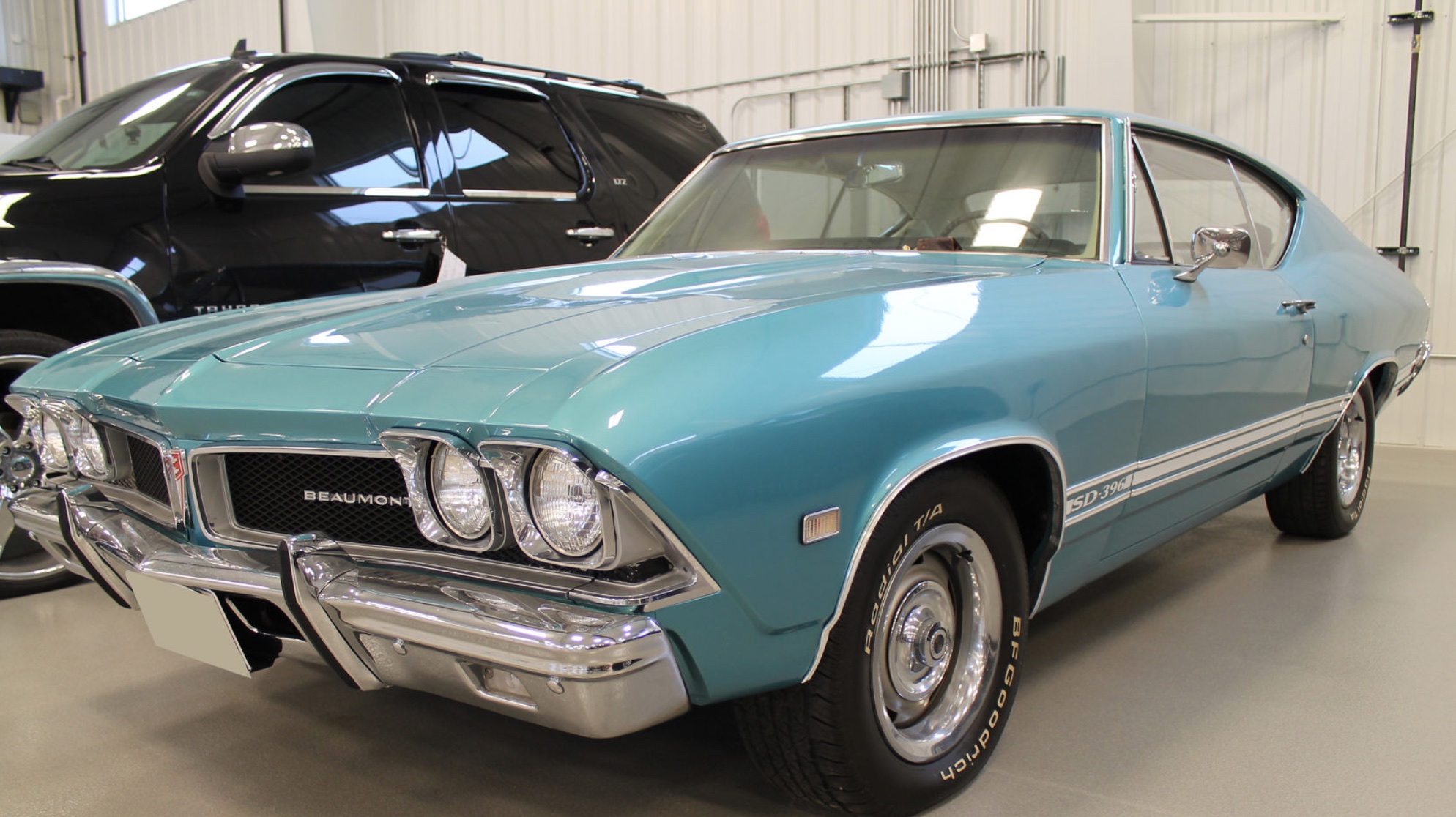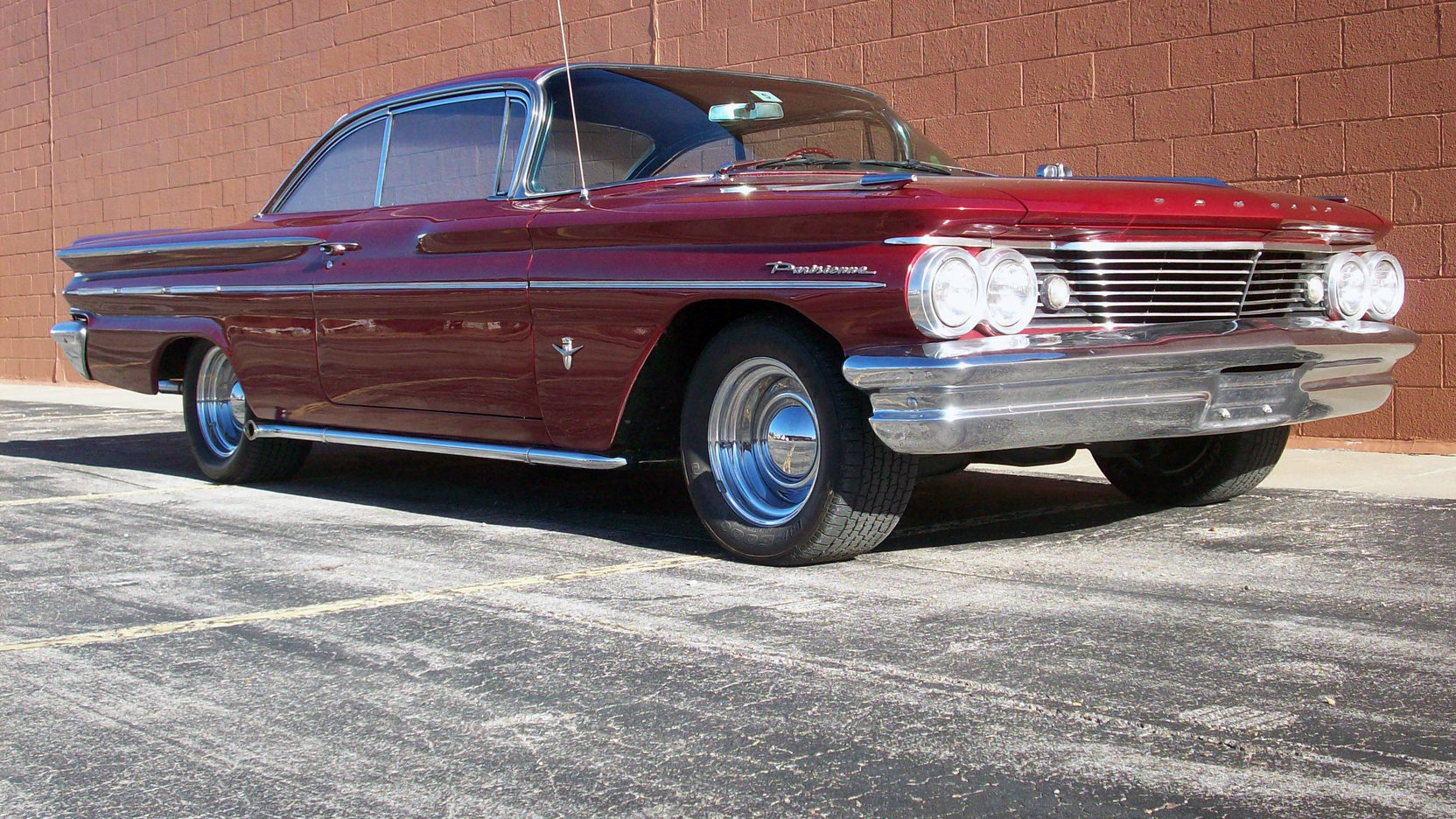Canadian muscle cars that Americans couldn’t buy
It’s easy to play the Ugly American and think Canadians are just like us but with the Queen on their currency and better candy bars. Yet there are unique things from the Great White North besides Geddy Lee’s voice—take Canadian cars as a shining example. Unless you live on a border state, you may not be familiar with the Canadian automotive market, which often had different model names and sometimes different styling.
These changes were due to a combination of regional pride and tariffs, with the latter being instituted in 1936 to protect Canada’s automotive industry from the economies of scale that the U.S. enjoyed. The creation of the Auto Pact helped make autos crossing north of the border duty-free, which is why the most unique of these vehicles were replaced in 1970. Here’s a few that got the Canadian pulse pumping:
Beaumont and SD 396

The Beaumont started out as the top trim level for the 1962 Chevy II-based Acadian, which looked like the Chevrolet but with unique trim and a Pontiac-inspired split grille, appropriate as it was sold by Pontiac dealerships. When Chevrolet introduced the Chevelle, GM of Canada brought out the Beaumont. Called “Acadian Beaumont” through 1965, it was a marque in its own right, so don’t call it a Pontiac. Chevrolet’s L79 327/350 was offered as the Super Econoflame V8 for 1965, and for 1966 the Sports Option turned the Beaumont Custom hardtop and convertible into the buckets-and-console Sport Deluxe powered by the Econo-Jet 396. The 1967 model year began in a similar manner but mid-year the SD 396 became its own model and also received the ventilated hood from the Chevelle SS 396. A redesigned Beaumont arrived for 1968, with the SD 396 featuring unique lower-body stripes; for 1969, the Beaumont SD 396 convertible was discontinued and was replaced with a coupe. For 1970, the LeMans replaced the Beaumont.
Full-size Big-Block Pontiacs

Full-size Canadian Pontiacs were built with Chevrolet chassis and engines, so you had Pontiac style without the Wide-Track underpinnings. The model names were different too, with the hierarchy consisting of Strato-Chief, Laurentian, Parisienne, and Grande Parisienne (the latter with Grand Prix influences) for much of the 1960s. Yes, it was possible to order an Astro-Flame 348 or Super-Flame 409, with the Astro-Jet 396 arriving mid-year 1965 and the Jet-Flame 427 the following year. In 1967, while Pontiac was phasing out the 2+2 performance model in the U.S., it introduced the buckets-and-console Parisienne 2+2 for Canada, “the last word in full-size adventure cars.” A six was standard but options up to 427/385 were available. The 2+2 lasted through 1970, with 390 horsepower available with the optional 454.
Acadian and SS 350

The superb L79 327/350 that was introduced in 1966 for the Chevy II was also available as the Super Econoflame V8 for the similar Acadian. The Canso Sport Deluxe was the sportiest and most stylish Acadian, analogous to the Nova Super Sport. When the Chevy II was redesigned for 1968, a dedicated performance model was created for Canadians: Acadian SS 350. Unlike the above Canadian Pontiacs, this one stayed much closer to its American roots—not even a Pontiac-inspired split grille to set it apart. The SS 350 package included a 295-horsepower Astro Econoflame (renamed Astro-Flash 350 and upped to 300 horses for 1969), special hood ornaments, SS identification, louvers behind the front wheels (for 1969), and the usual brake/suspension/tire and trim upgrades. Pontiac introduced the Ventura II as the Acadian’s replacement for 1971, which was also available in the U.S.
Meteor Montcalm S-33

Pontiac wasn’t the only brand to offer something fun and different for Canadian enthusiasts. Ford Motor Company’s presence can be even more confusing because it sold Monarch and Meteor brands in addition to Ford and Mercury, with the latter handling Meteors in its showrooms. The 1966 Montcalm S-33 hardtop and convertible (somewhat of a cross between the American Galaxie 500/XL and Monterey S-55) were the first of the sporty Meteors: buckets and console were standard, as was a tepid small-block, but the available 345-horsepower 428 and 4-speed made things interesting. The 1969 redesign continued the theme but now the top engine was a 360-horsepower 429. However, the 1970 version—the last for the S-33—is the most interesting (despite the newly standard bench seat) thanks to prominent striping on the rear fenders that was completely unlike anything available on a Mercury. Meteor continued as an marque through 1976 but they lacked any options for enthusiasts after 1970.

